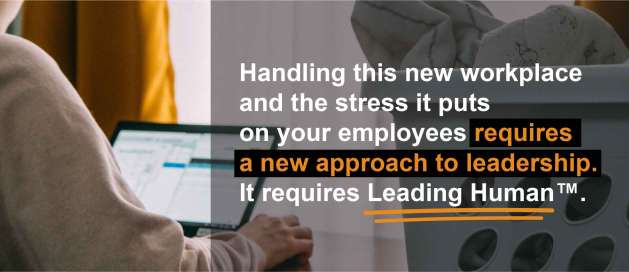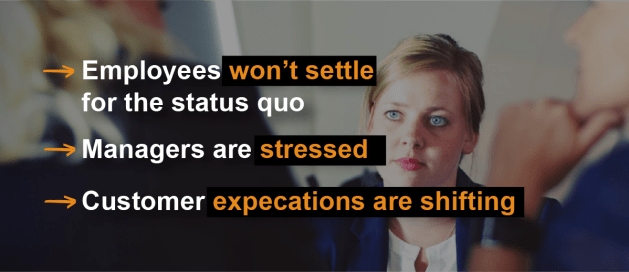
Two years ago, my wife was looking for a new type of Journaling experience. She wanted something beyond just blank pages, something that could help guide her thoughts and prompt new ideas.
She went online in search of it and found an elegantly designed journal with millions of sales and thousands of positive reviews. She ordered it and started using it every day. The opening pages were filled with insightful explanations into the power of gratitude, the power of journaling, and much more.
She was excited. She dove in and used it daily.
But after a few weeks I noticed it was sitting in a corner, no longer being used. Although she really enjoyed it at first, her journaling went from daily to intermittent to none. I asked her what had changed, and she said, “it’s always the same, it was great at first, but I can’t answer the same three questions every day forever”.











